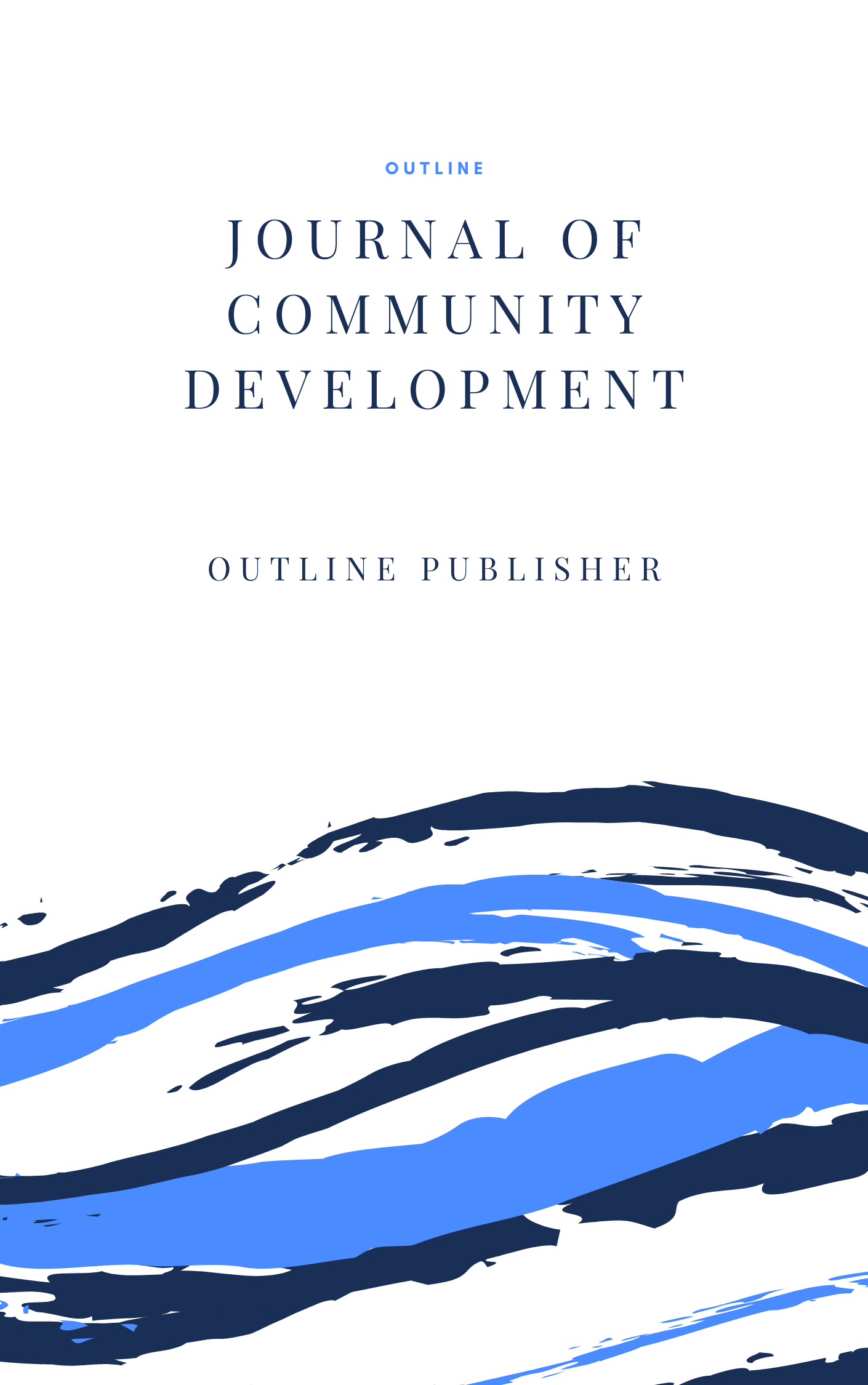ANTHROPOMETRIC MEASUREMENT OF INFANTS AND TODDLERS IN LAUCIH VILLAGE, MEDAN TUNGUNGAN DISTRICT IN THE 2025 INKESSUMUT COMMUNITY SERVICE ACTIVITIES
Keywords:
Antropometri, Status Gizi, Balita, Pengabdian MasyarakatAbstract
Nutritional problems in infants and toddlers are still a serious challenge in health development in Indonesia, especially in areas with limited access to information and health services. This community service activity aims to conduct anthropometric measurements as an effort to detect the nutritional status of infants and toddlers early and provide nutritional education to parents in Laucih Village, Medan Tuntungan District. This activity was carried out by lecturers and students of the Nutrition Bachelor Study Program, North Sumatra Health Institute (INKESSUMUT) as part of the 2025 community service program initiated by the INKESSUMUT Research and Community Service Institute (LPPM).
The methods used include measuring weight, height/length, and upper arm circumference (LILA) of 45 toddlers using WHO standard measuring instruments. The data was then analyzed using the WHO Z-score reference to determine nutritional status. In addition to measurements, this activity also includes nutritional education to mothers of toddlers regarding the importance of balanced nutrition, correct feeding practices, and regular monitoring of child growth through Posyandu.
The results of the activity showed that the majority of toddlers had good nutritional status (68.9%), but there were still cases of malnutrition (17.8%), severe malnutrition (4.4%), and risk of stunting (8.9%). These findings indicate the need for further intervention and assistance to families who have children with problematic nutritional status. The nutrition education provided was also well received by the community and was able to increase parents' understanding of parenting and feeding patterns. This community service activity shows the effectiveness of collaboration between higher education institutions and the community in supporting the national program to accelerate the reduction of stunting. In the future, similar activities need to be continued with a more comprehensive and sustainable approach, including training of cadres and utilization of local data for planning nutritional interventions. This community service is also a real form of implementing the Tri Dharma of Higher Education in the field of community service which has a direct impact on community welfare.
References
Kemenkes RI. (2023). Pedoman Pemantauan Status Gizi Balita di Indonesia.
WHO. (2020). Child Growth Standards. Geneva: World Health Organization. Hardinsyah & Supariasa. (2022). Penilaian Status Gizi. Jakarta: Buku Kedokteran EGC.
UNICEF. (2022). Indonesia Nutrition Profile.
Kemenkes RI. (2022). Situasi Balita Pendek (Stunting) di Indonesia.
Soekirman. (2021). Ilmu Gizi dan Aplikasinya. Jakarta: UI Press.
Notoatmodjo, S. (2021). Promosi Kesehatan dan Ilmu Perilaku. Jakarta: Rineka Cipta.


















